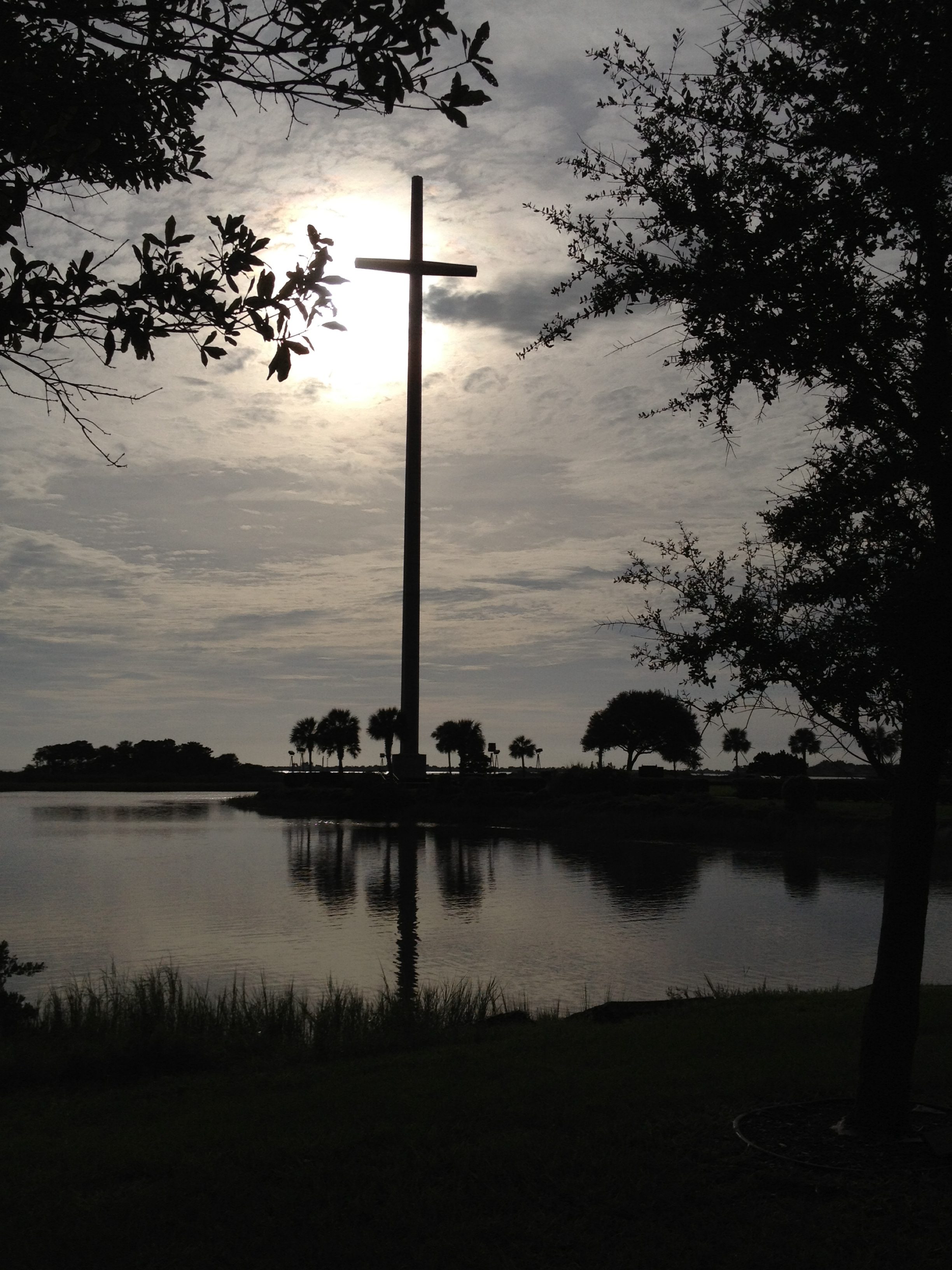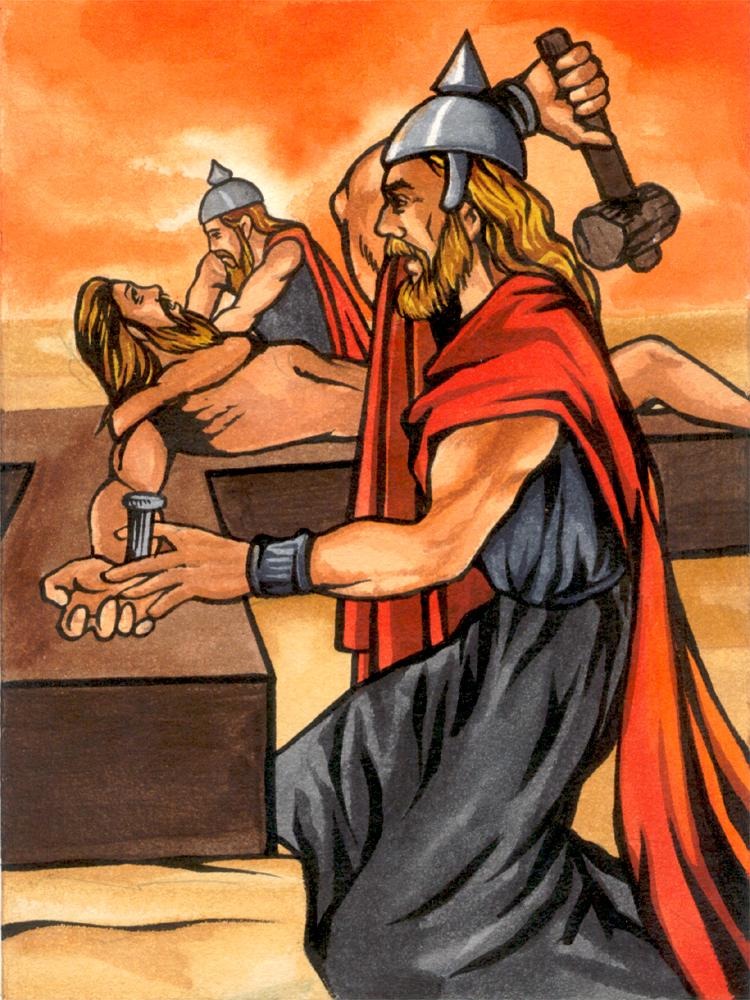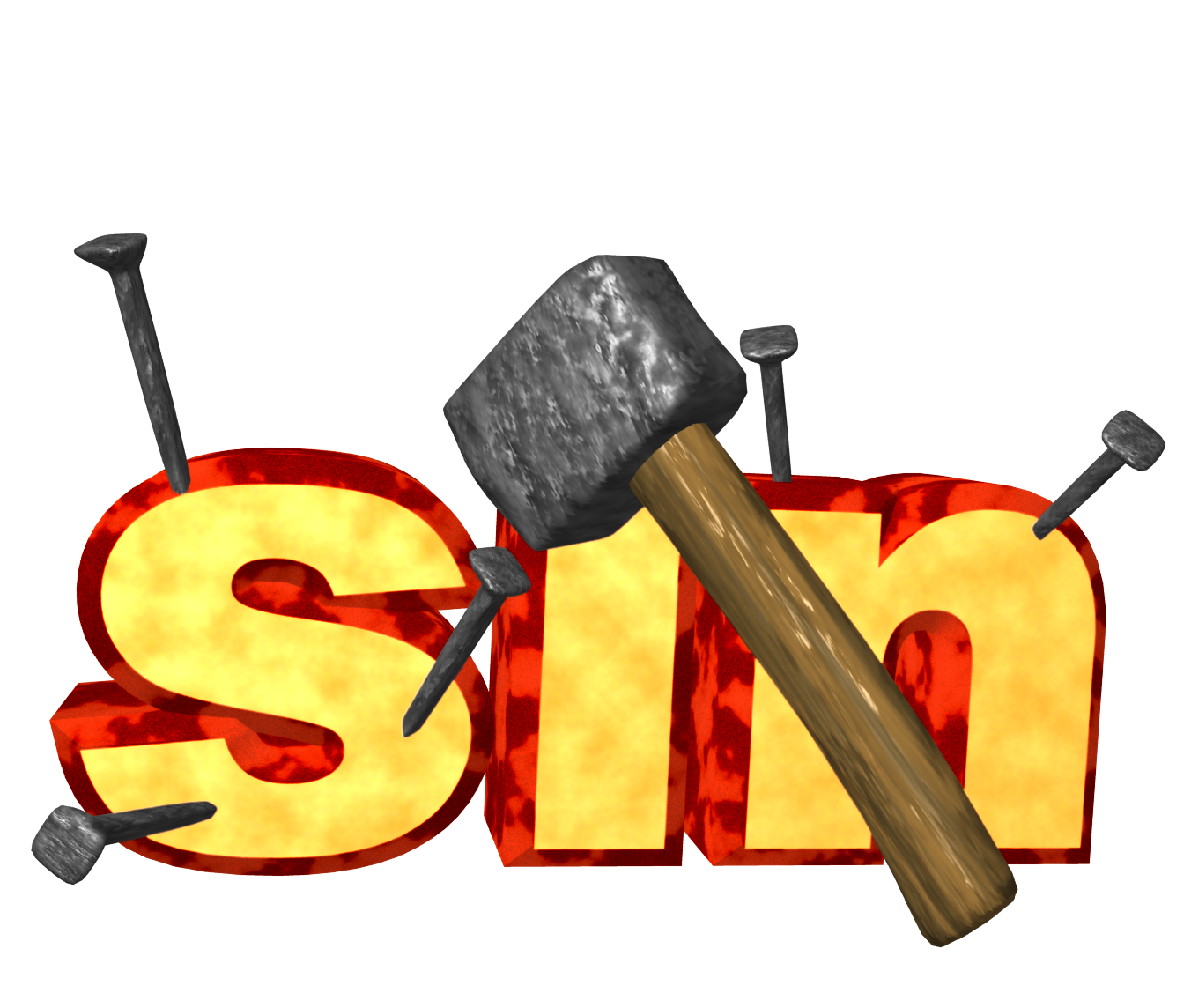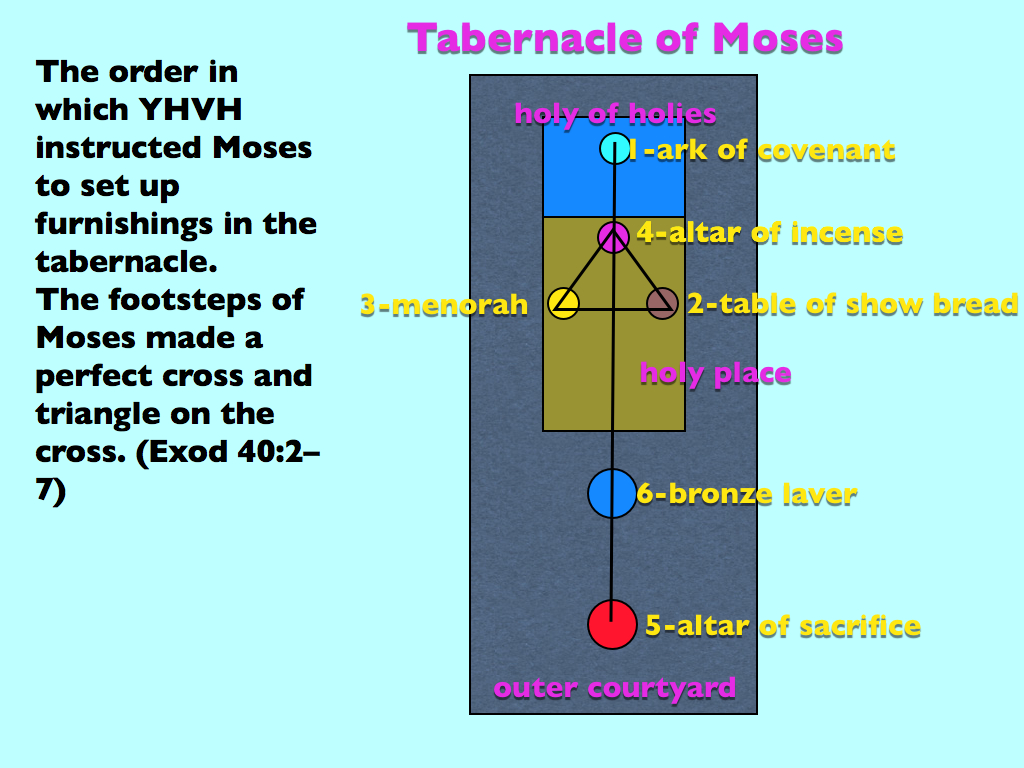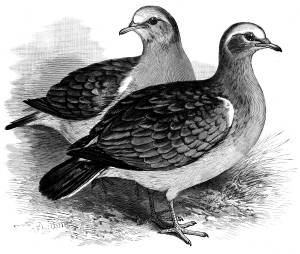Stauros, the Koine Greek word for cross, like most words in all languages, has several meanings. To arrive at the true meaning of a word, we can’t just look at the first meaning in a list of dictionary definitions or choose the meaning that best suits our personal biases or theologies.
Too determine which dictionary definition of a word best applies to a particular word in a literary situation, we must consider all the meanings of a word and then look at the context of the literature in which the word is found, and then choose the meaning that best fits.
Even then, well meaning people will have differences of opinions on this (e.g. The Companion Bible, by E.W. Bullinger, appendix 162). This is the dilemma that scholars who translate literary documents from one language to another face. This is the case with the Koine Greek word, cross, which is found in the NT some 32 times.
Stauros means “un upright, pointed stake used for fencing or in the construction of a stockade. It can also refer to a torture instrument, or a cross on which the Roman’s executed criminals. A stauros came in several basic forms: a vertical upright, pointed stake, or an upright stake with a crossbeam resembling our capital letter “T” or our small letter “t”, or it consisted of two intersecting beams of equal length like our letter “X”. Due to the sign that was attached to the top of Yeshua’s torture stake, it seems that his cross was shaped like a “t”; that is, the upright stake projected above the cross beam thus giving the Romans a place to attach the sign (The TDNT, vol 7, p. 572; International Standard Bible Encyclopedia, vol 1, pp. 826-827).
The reasons that I lean toward the idea that Yeshua was crucified on a t-shaped cross are several. As noted above, such a cross gave a place for the Romans to attach their sign (Mattt 27:37, Mark 15:26, Luke 23:38, John 19:19).
Additionally, more than one nail was used in Yeshua’s hands to attach him to the cross (John 20:25). The use of two nails would have been more necessary had the cross been t-shaped as opposed to an upright stake.
Moreover, the Tabernacle of Moses is a symbolic and prophetic picture of the death, burial and glorification of Yeshua. It is literally a multi-dimensional gospel tract! As such, the furnishings therein are arranged in the form of a t-shape cross.
Similarly, the tribal encampments around the tabernacle are laid out like a perfect t-shaped cross (see Num 2). This is a picture of the believer who, through the ritual of baptism for the remission of sins (see Rom 6:3–11) must symbolically identify with the death, burial and resurrection of Yeshua when coming to faith in him.
Furthermore, the marks made by the blood of the lamb on the doorposts of the Israelites’ homes on their first Passover in Egypt made the outline of a perfect t-shaped cross (Exodus 12:7). There are several dozen aspects of this first Passover that prophetically pointed forward to Yeshua who was the Passover Lamb of Elohim slain from the foundation of the world for the redemption of man from his sin, and who fulfilled these symbols perfectly by his death. The t-shaped cross is but one of these prophetic symbols. An I-shaped cross would not have fit this symbology.
Moreover, when Moses initiated the the tabernacle, his steps form a perfect cross—actually a cross with an arrow on it that points man into the holy of holies, which is a picture of YHVH’s heavenly throne room (Exod 40).
Next, when the angelic messenger of YHVH went through Jerusalem before its fall to the Babylonians to search out those saints that would be spared from that judgment, he put a mark in the form of a Paleo-Hebrew letter tav (shaped like our small letter t) on their foreheads. This was another prophetic symbol that pointed to Yeshua, who, through his work on the cross, is our salvation (Ezek 9:4).
Finally, when Jacob was prophetically praying over his two grandsons who whose descendants would largely become the Christian church, he crossed his arms in the shape of a Paleo-Hebrew letter tav, which, pictographically, some take to mean,”sign or seal of the covenant” (Gen 48:14).
With regard to the Scriptures that say that Yeshua was crucified on a tree, the Hebrew word for tree is etz, which can mean both tree and stick (e.g. see Ezek 37:16). A cross whether in a t or an I shape is still made of wood and both can fit the definition of the Hebrew word etz. But how many trees have you seen that don’t have branches? More trees in their natural state resemble a t shape than an I shape. Some trees even have trunks with branches that are opposite each other on the trunk like a t-shaped cross. So in light of these facts, it is not a logical stretch to call a t-shaped cross “a tree.”
Personally, I don’t care whether Yeshua died on a t or an I shaped cross—only that he died for my sins. This is the main point! Let’s never stray from the importance of this truth. Furthermore, I have no ax to grind in this argument. I could care less about defending any cherished doctrines or traditions of the church. I care only about finding and then believing the truth as a found in the Bible. The overwhelming evidence points to the fact that Yeshua was crucified on a t, and not an I shaped cross. That is the reason, and the only reasons, I subscribe to this idea.
I will conclude with this personal testimony. I was born and raised in a Torah-believing church that hated traditional Christianity. We had a sinful Pharisaical superiority complex. We rejected many biblical truths simply because the mainstream church believed them. The idea of a t-shaped cross was one of those ideas we rejected. It wasn’t until I was in my early 30s after leaving that church that I began to objectively examine the truth about the shape of the cross and became convinced based on the biblical evidence that it was t-shaped, not I-shaped as I had been brainwashed to believe. When I presented the biblical evidence to some family members who were still in that church, they flat-out rejected what I had to say—not because it wasn’t the truth, but simply because their minds were closed and the truth didn’t conform to their biases and bigoted opinions. They had been psychologically conditioned to believe something else for the wrong reason. Sadly, there are too many people in our day who are returning to the biblical, Torah foundations of our faith and are rejecting biblical truths simply because the church believes the same things. Shame on us for our lack of intellectual honestly. I’ve been there and done that! I had to repent to this sin.

